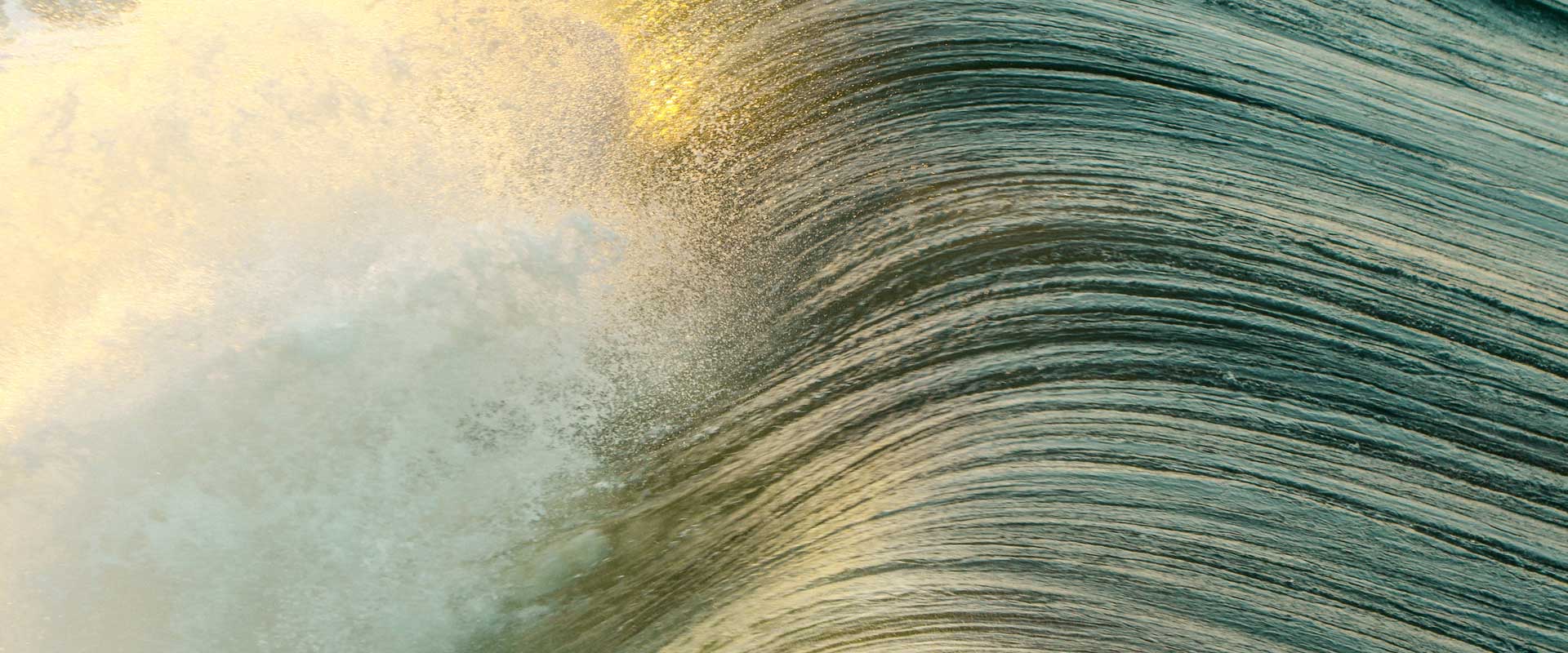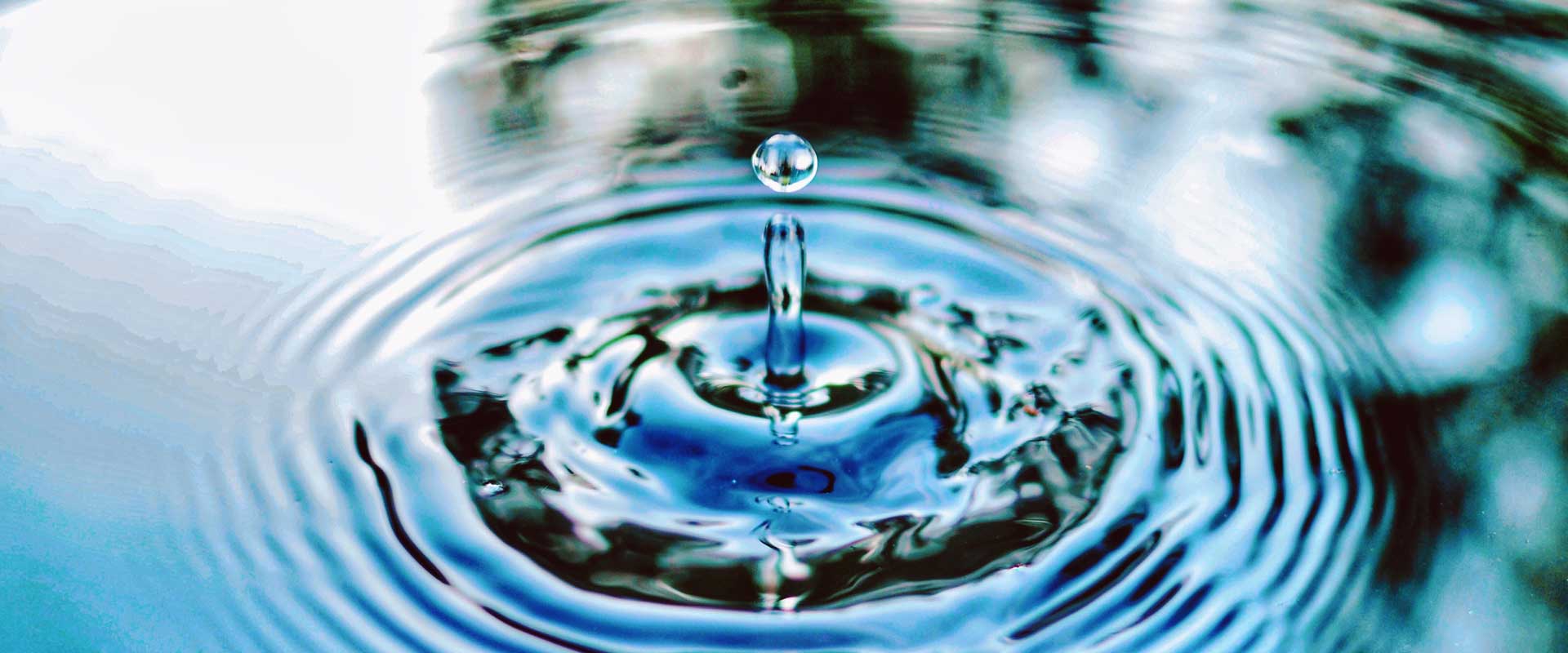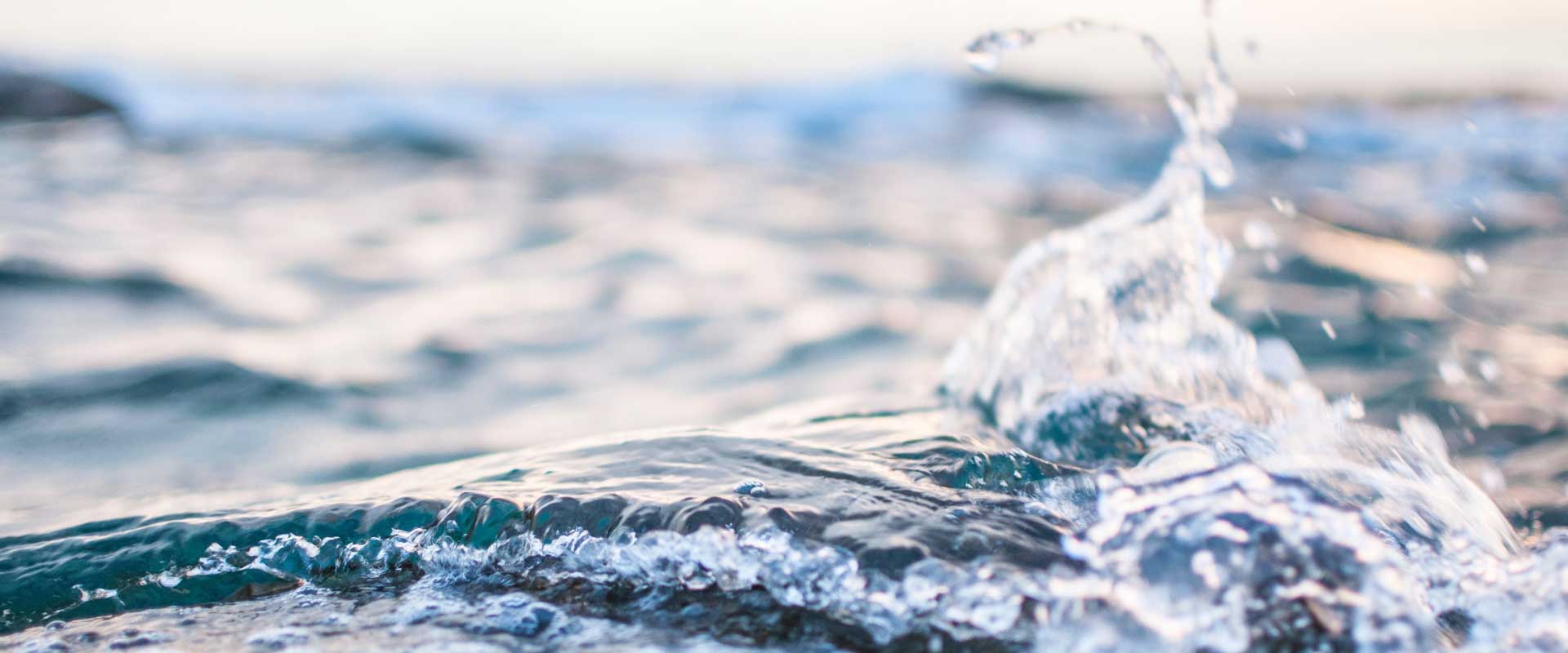
WATER
MANAGEMENT
However, chemical residues circulate throughout the entire ecosystem of our world, including: combustion and discharge of chemicals into the air and surface waters, dumped waste, cleaning agents, paint, agricultural poison, manure residues, artificial fertilizers, radiation including electromagnetic and radioactive subsances, medicine residues and plastic.
According to the organizations ‘Sea First’ and ‘The Ocean CleanUp’ some 80.000 different chemical substances have been found in our oceans, and it is estimated that more than 5 trillion pieces of plastic float in the oceans worldwide. It is therefore important that we drastically change our way of life by opting for natural substances.
But the watercycle is also disrupted worldwide. For example, we see periods of prolonged drought interspersed with floods. This poses a threat to our habitats and forests worldwide, our water supply and food production. How can we best deal with this as an individual? Perhaps a complete analysis of the problem of water pollution and the disrupted water cycle is enlightening in order to reach a consensus.

OCEANS
The Ocean CleanUp has conducted test measurements in the Pacific Ocean, where a huge field of plastic waste floats, as large as 3 x France. This consists of 94% microplastics (0,05CM > 0,5CM). Due to defragmentation under the influence of the sun and the salty seawater, the plastic particles fall apart into smaller and smaller pieces.
What does pollution do with our seawater? During conversion processes, algae absorb chemicals and consume oxygen. Due to the large amount of chemicals, the amount of algae also increases, and with it the consumption of oxygen. This suffocates the remaining ocean life.
GEOPHYSICAL SURVEYS
Geophysical surveys from the East Anglia (UEA) en Oman’s Sultan Qaboos Universities, have taken measurements in the Arabian Sea over an area of thousands of kilometers. With the help of two underwater robots ‘Seagliders’, the oxygen content was measured for 8 months and passed on via satellite connections. A sea area larger than Scotland no longer contains oxygen.
These ‘oxygen-poor zones’, sometimes referred to as ‘dead-water zones’, arise in polluted seawater which is therefore heated. This releases more nitrogen oxide (N2O) than usual. This greenhouse gas (or ‘laughing gas’), is 300 times stronger than CO2. It retains the heat in the Earth’s atmosphere. Computer simulations predict that these zones in the oceans will increase worldwide.

BOTTLED WATER?
Researchers from New York State University in Fredonia have examined 259 plastic bottles with water from 9 countries. They found an average of 324 microscopic plastic particles in every liter. These vary in width from a human hair to a red blood cell.
Particles of 110-microns (1 micron = 0.001 millimeter), can pass through the portal vein, which transports blood from your stomach, intestines, pancreas and spleen to your liver. Even smaller 20-micron particles can end up in your bloodstream, kidneys and liver. Hence our tapwater could be improved! Microscopic residues can be difficult to filter on a large scale however. That is why more and more people use an installation for pure drinking water.
All in all, it looks like we ourselves are responsible for water pollution worldwide. For this reason, and also because of the disrupted water cycle, we will have to drastically change our behavior. That is why the last word on this has not yet been said, and we must further investigate how we can get out of this situation quickly!

